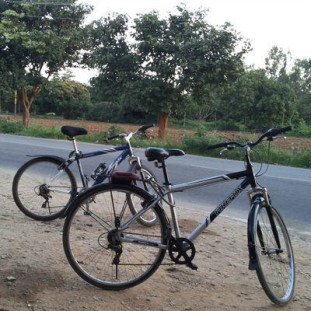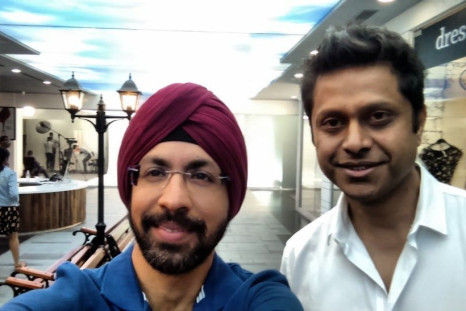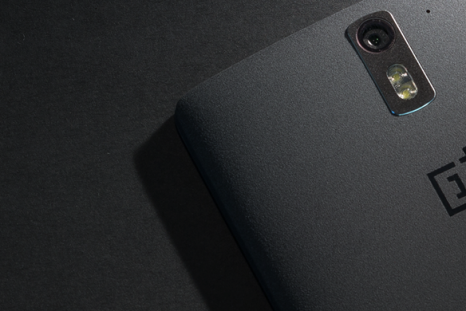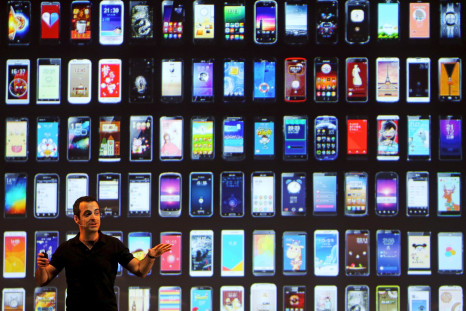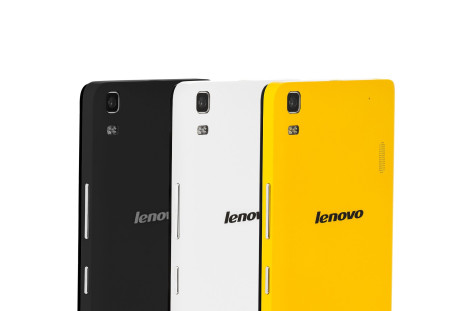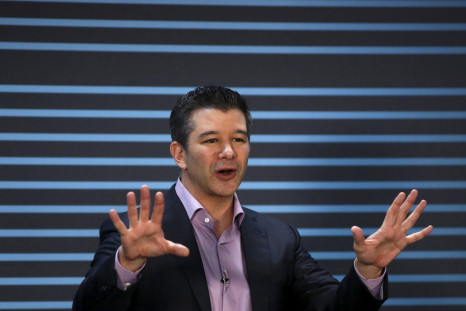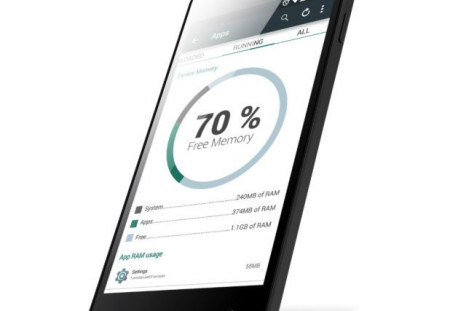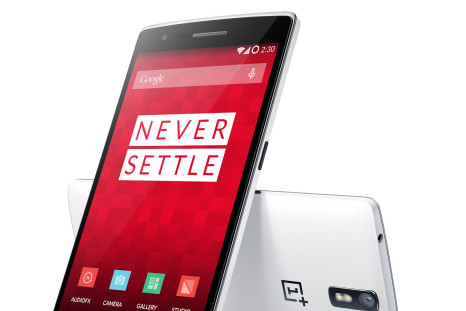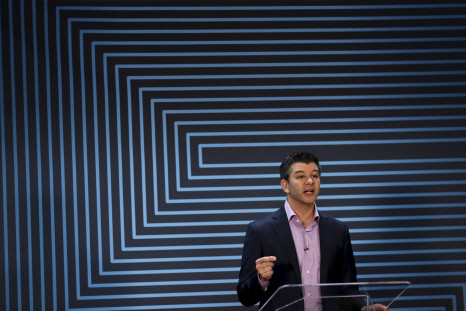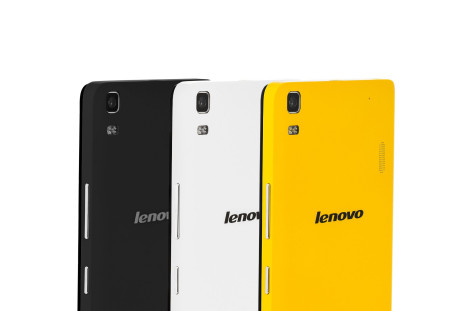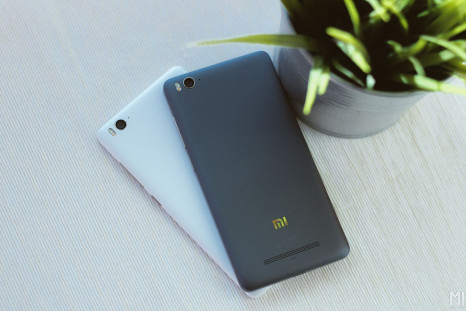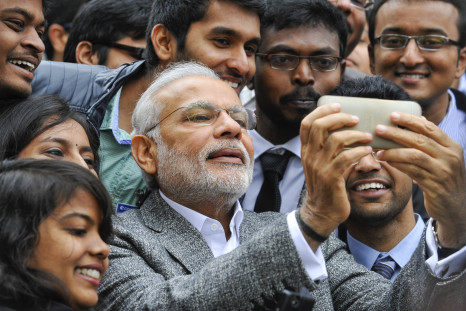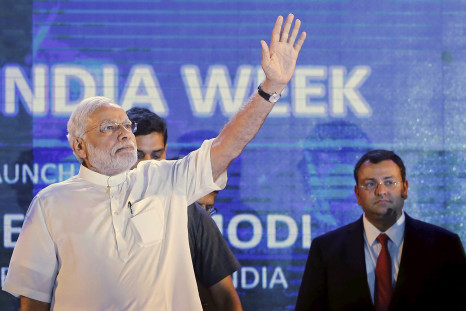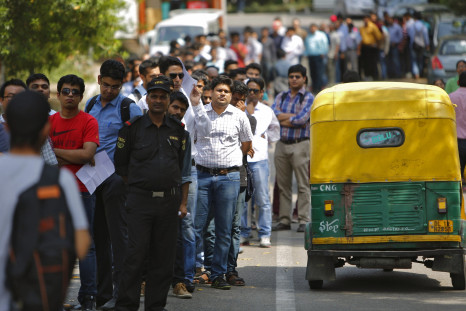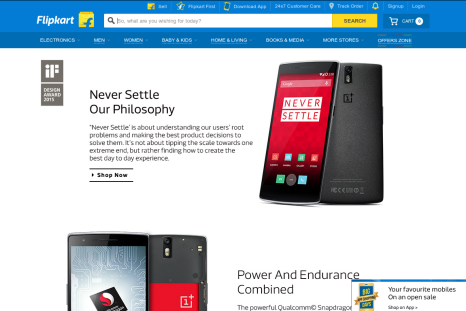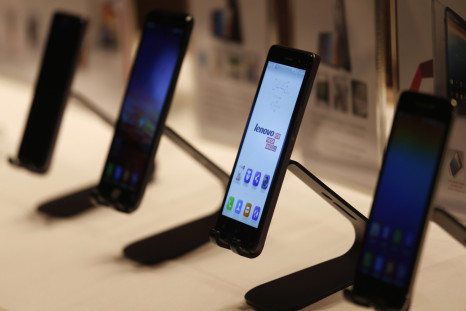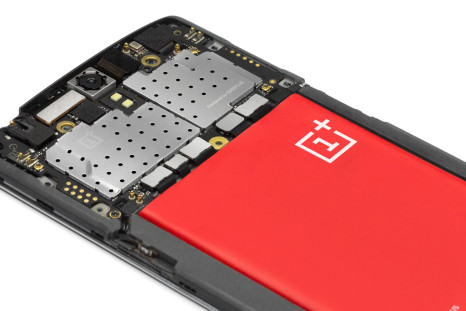Tech pros from the subcontinent are leaving U.S. tech giants like Google and Facebook to start companies in their homeland.
India has a thriving resale market for smartphones, which is helping consumers switch to newer models or get flagship devices on the cheap.
Xiaomi, which has begun production in Brazil, is boosting supplies as competition for market share increases in India.
Fast on the heels of entering the Brazilian market, Xiaomi is back with a new product announcement at home, slotted for July 16.
India's consumers are showing a voracious appetite for smartphones in the $100 - $125 range, and are probably changing handsets more frequently.
“A total prohibition or a blanket ban on the right to carry on any trade, business or profession should be imposed in the rarest of rare or in exceptional circumstances,” a judge ruled.
India's smartphone penetration is a huge draw for global investors intent on capitalizing on promising startups operating in the region.
India's smartphone vendors are attempting to come up with models to compete with Chinese imports, but the going is tough for smaller players.
OnePlus continues to maintain a buzz around its phones, teasing out features and offering deals online, ahead of the launch of the OnePlus 2.
Uber is bringing its deep pockets to bear on its second largest market -- India -- with plans for a large support center in the country.
2015 is turning out to be the year that Chinese smartphone makers are accelerating their plans to outdo each other in the Indian market.
Xiaomi's Mi 4i is a popular phone that has set a high bar for specs at its price band.
BlackBerry CEO John Chen says the company might consider making such a device if it found a way to secure it.
Google is finally launching its next Android One phone in India, albeit in a pricier range, where the smartphone will have to compete with Xiaomi Mi 4i.
India and China will account for almost 40 percent of all smartphones sold in the world by 2017, according to a new research report.
Virtual reality is the rage and OnePlus is tapping the interest to build up the buzz ahead of the launch of its new flagship smartphone.
India's efforts to connect its remotest villages through mobile phones and broadband Internet is under way.
Budget Android smartphones with an ever widening array of features are flooding the Indian market and online sales are booming.
The app, which allows patients to book physicians appointments online, is revolutionizing healthcare on the subcontinent.
Phablet lovers in India will be scrambling to pre-order the Lenovo K3 Note, which goes on sale in India next month for less than $160.
Samsung, fresh from the success of its premium Galaxy S6 and strong performance of its A-series mid-range phones, is upping the ante in India.
Fitbit is among several wearables makers looking to tap into the growing enthusiasm for sports and fitness activities in India.
LG has released a mid-range phone for audiophiles, which also ships with a pair of premium earphones that should make listening to music fun.
Getting Indians to switch from cash to mobile wallets is a daunting task, but some startups are attempting just that.
India's potential as a market across sectors, from smartphones to solar energy, is drawing global investors.
The wearables market is one of the fastest growing segments among all gadgets being churned out.
OnePlus has boosted the availability of the One, to keep the momentum going ahead of the release of its next smartphone, OnePlus 2.
Growing demand in India is helping Chinese companies ship more smartphones in the subcontinent as their home market begins to cool.
OnePlus paid 60 percent more for the Snapdragon 810 chipsets versus the 801, so expect a higher price for the company's new smartphone, it said.
Indian smartphone vendor Micromax released an ultra-slim phone on Thursday, but at its price, that may not be enough.
Editor's pick


